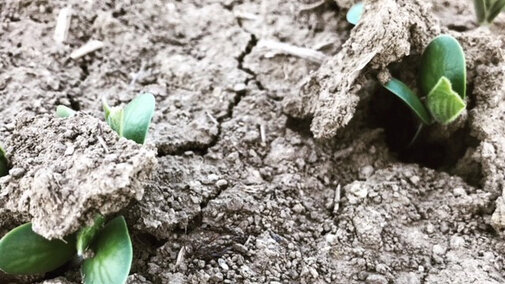Also see a storm report and photos (May 10) from Extension Educator Gary Stone.


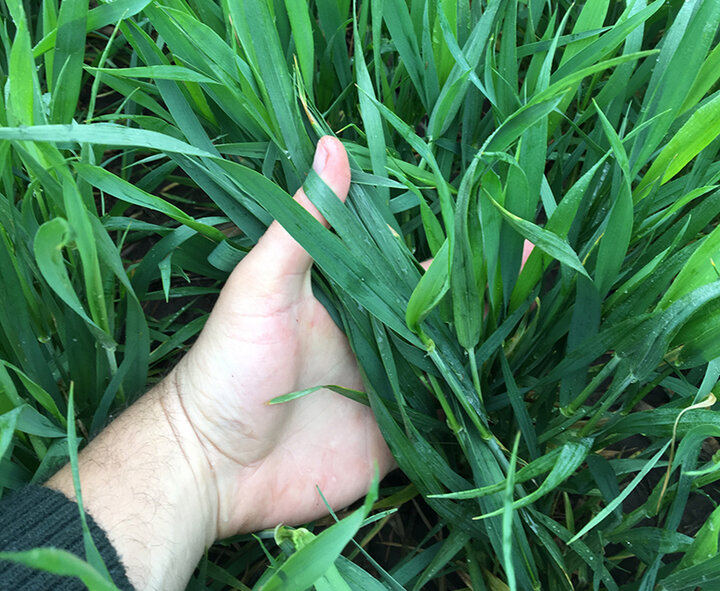
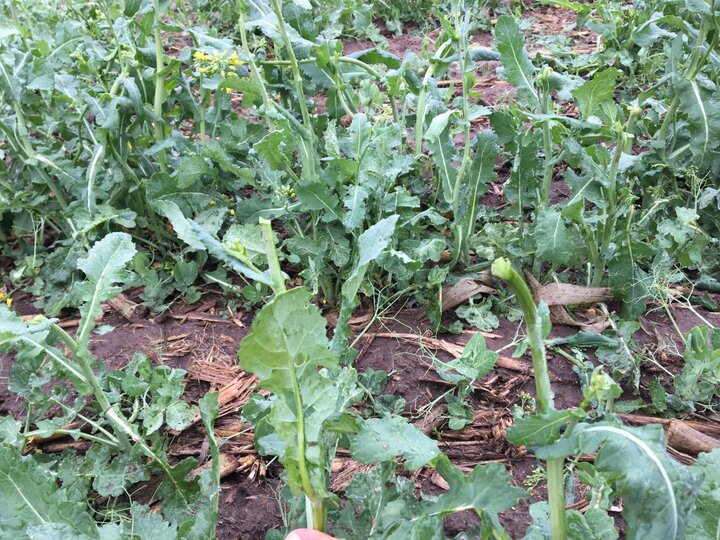
Strahinja Stepanovic, Cropping Systems Extension Educator in southwest Nebraska: We got 0.80 inches of rain with hail here at Grant May 10. There was minor injury to wheat (5%), but field peas and chickpeas were pretty beaten up in spots (10%-40% stand reduction). Winter canola took a big hit with lots of blossom stems broken off (30-60% yield damage). Lots of wheat has been fertilized and sprayed for weed control. Most of the strip tilling is done. Rain will slow down the irrigated corn and soybean planting that started about a week ago. (5/14/18)
Emergence of early-planted corn in 2018 in south central Nebraska
(Left to right, starting with top row) The first two figures show cross-banding effect on corn leaves due to planting in cold soil. Find more information in two 2017 CropWatch stories:"Cross-Banding" on Corn Leaves due to Pre-emergent, Cold Soil Temperatures and Cross-Banding on Corn Leaves: One Week Later. (right) This field shows some variability in emergence rate within a row associated with early corn planting in soybean stubble. Field was planted April 23. (Second row) Leafing out below ground due to cool wet soils associated with early planting. The issue in this field at the University's South Central Agricultural Lab was not widespread. (Right) A number of pivots were running in south central Nebraska Thursday, likely to activate herbicides or water dry seedbeds. (Information and photos by Roger Elmore) (5/10/18)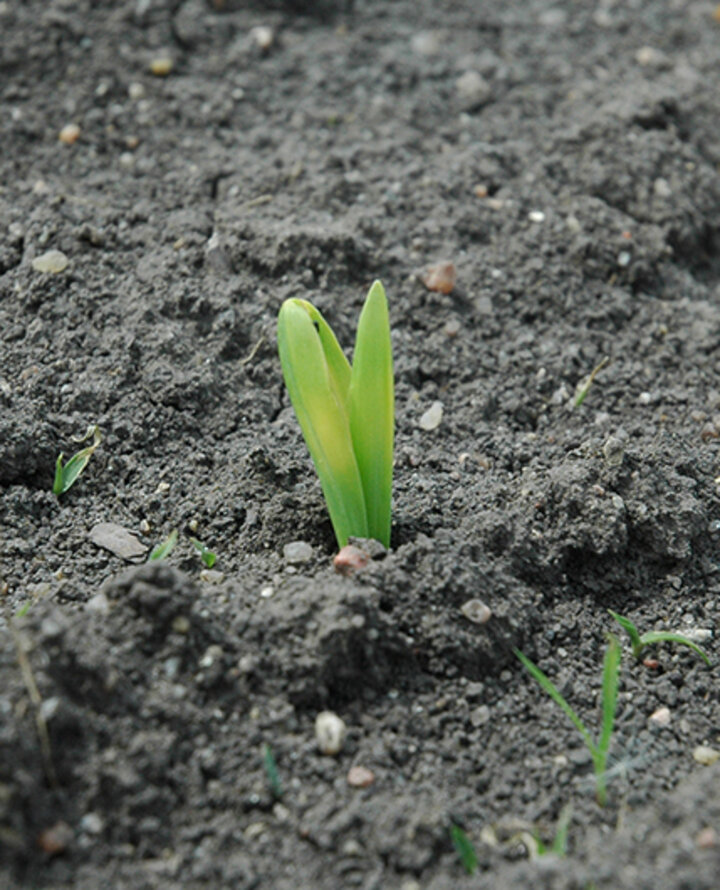
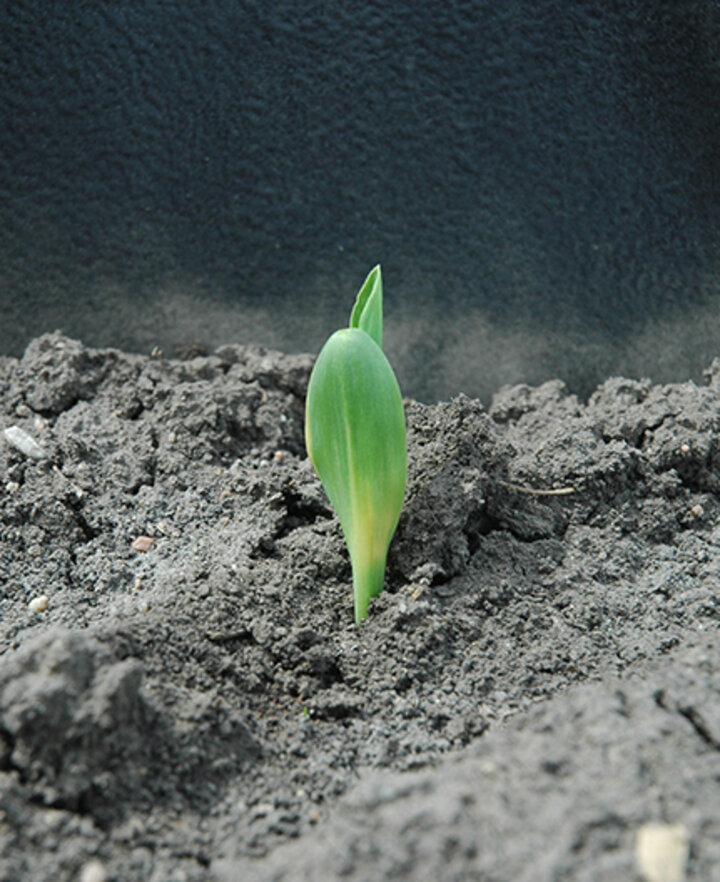
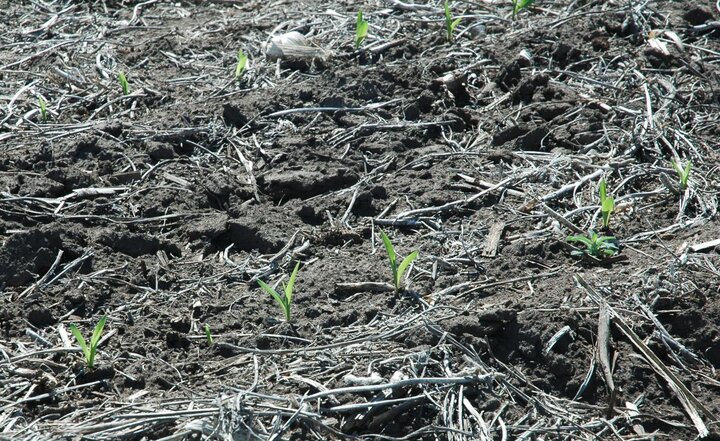

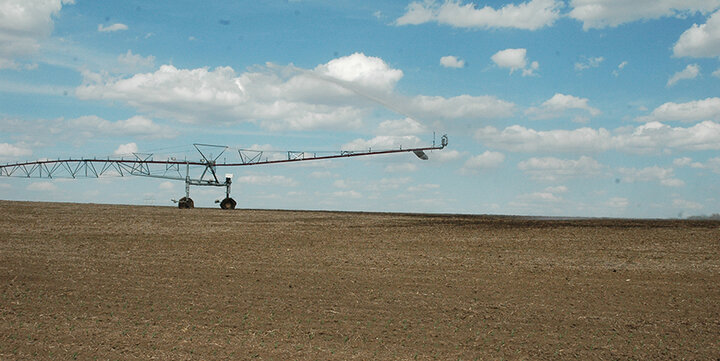
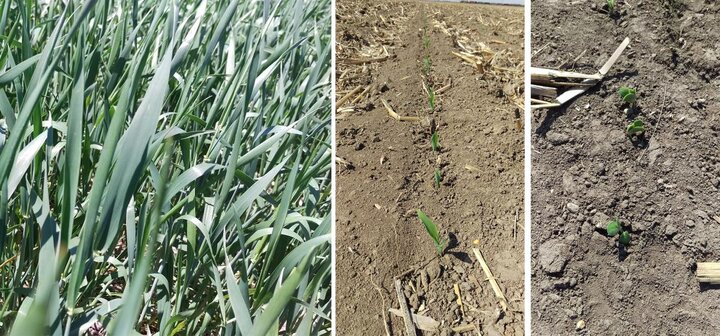
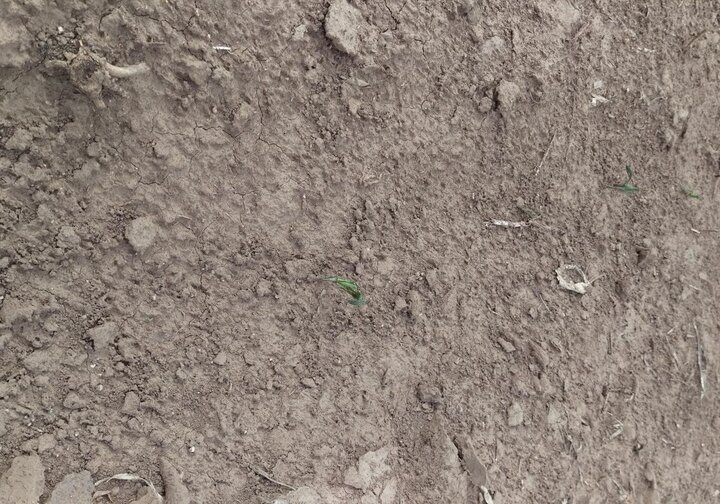
Jenny Rees, Extension Educator serving in York, Seward, Clay, Nuckolls, Thayer, Fillmore counties: A large number of fields had corn and soybeans emerging this week in the area I serve. Pivots are running to put moisture into seedbed and activate herbicide. Rainfall was much welcomed for those who received it Thursday night. In York we got 0.85 inches which is the most measurable precipitation we have received since October during harvest. Wheat in Nuckolls, Thayer, and Webster counties showing moisture stress this week with a blue-gray color and lower leaves turning brown. In general wheat is short and ranges in growth stage from elongation to near boot. With thunderstorms late Thursday and early Friday, high winds and blowing soil swept away some corn seedlings while others remained in this field (right).
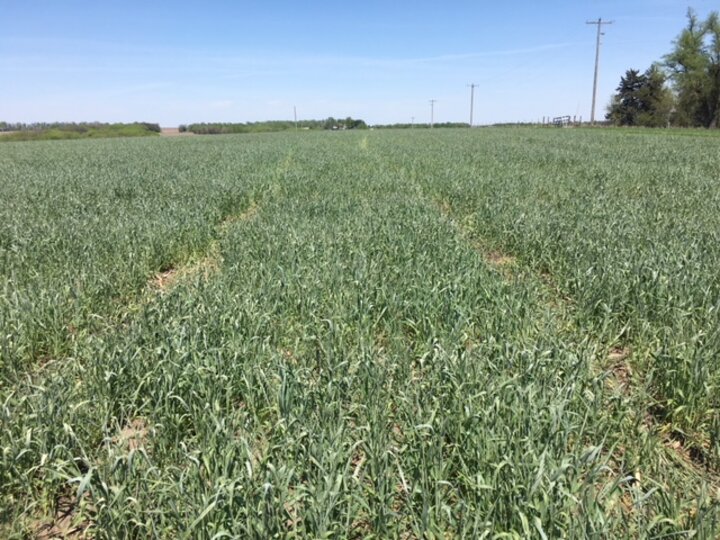
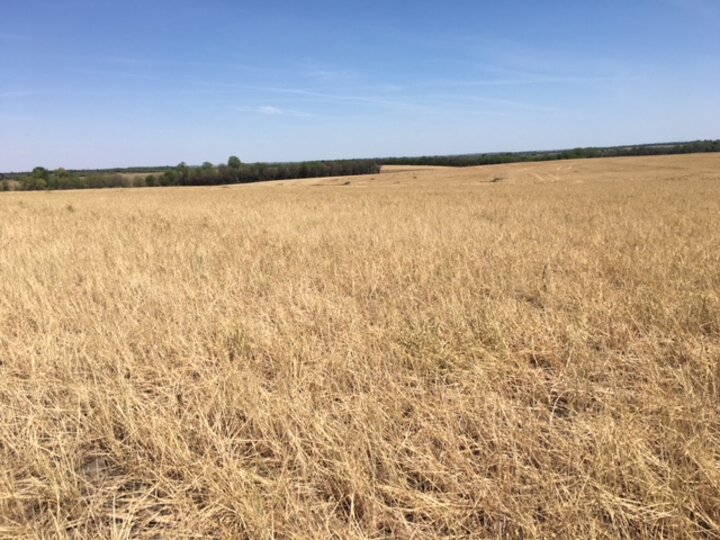
Gary Lesoing, Extension Educator in Nemaha County reporting on the southeast corner of the state: Corn planting is very close to completion. Soybean planting has made excellent progress as well and, while difficult to estimate, is probably 40-50% complete. Corn has emerged very well with the rain last week and warm temperatures. Farmers and ag businesses are busy trying to complete spraying when conditions are favorable. (5/17/18)
John Wilson, Extension Educator in Burt County: Good news: Planting is progressing rapidly after being delayed by extensive rains, in some areas up to 6 inches, on May 1 and 3. At least we are going into the growing season with a full soil moisture profile. We are probably 85% completed with corn planting and maybe a third done with soybeans. We had a light rain this morning (Friday) which may actually help with some crusting issues and won’t hold anyone up too long on planting. If we miss any major rains for five to seven days, planting should be near completion by this time next week. More good news: After a slow start, alfalfa is putting on some rapid growth. Even more good news: A black cutworm trap I monitor has shown very low counts so hopefully cutworms (at least black cutworms) should not be a problem this year, especially with more late-planted corn than normal being more vulnerable to cutworm damage. Bad news: I’ve already had two complaints on burndown herbicide injuring trees on neighboring farmsteads. I hope this is not a sign that we are going to have a repeat of last year. (5/11/18)
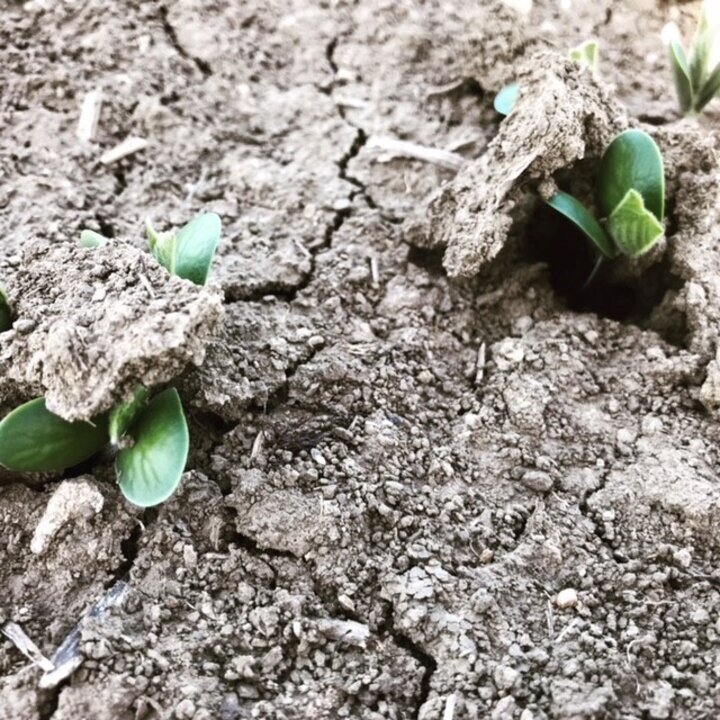
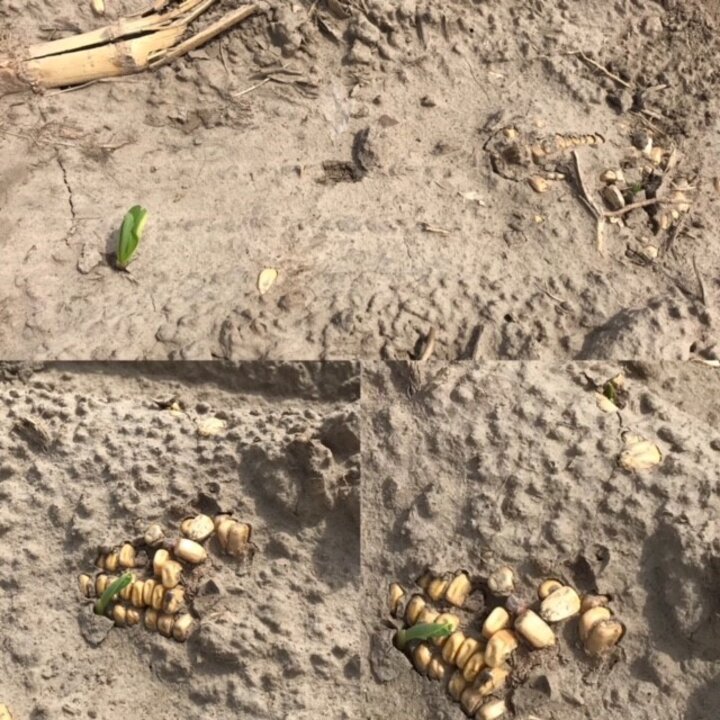
Megan Taylor, Extension Educator, reporting for Platte, Boone, and Nance counties: This week I was in several fields in Platte and Boone counties. I have seen a steady emergence from both corn and beans. There are some areas that were planted early, when the soil temperatures were not consistently above 45°F, that have low emergence.
Volunteer corn has started to emerge in the fields that had heavy residue and I have also seen the emergence of summer annual weeds. In general I have seen good weed control throughout all the fields I have been in, but with the warm temperatures the summer annuals have also started to come on. The pasture and cover crops in this area have really taken off. There are several excellent alfalfa fields throughout my area and I think these will be cut for the first time in the next two weeks. I have also seen some mechanical error and seeds on the ground in a few bean fields. Many of the growers in my area are finished or will be finished planting at the end of this weekend. (5/4-5/9)
Sarah Sivits, Cropping Systems Extension Educator for Dawson, Buffalo, and Hall counties: I was out planting a field with a couple farmers for an a Nebraska On-Farm Research trial, and it looks like there has been a lot of movement out there. Quite a bit of corn in the area has gone in the ground, with a few fields still to be planted. Several farmers are planting soybeans right now. I have heard of a few farmers that are completely finished planting, which is wonderful! Alfalfa has been rapidly growing over the past couple weeks and so has the wheat. The major issue producers are facing right now is the lack of moisture. Warm weather was a blessing this spring, but we could really use some rain. Quite a few folks are running their pivots right now to help with crop germination and emergence. I hope that we receive rain here shortly.
